The Hostile Environment
The Hostile Environment
Students Who Bully in School
Susan Carter
Lexington Books
Lanham Boulder New York London
Published by Lexington Books
An imprint of The Rowman & Littlefield Publishing Group, Inc.
4501 Forbes Boulevard, Suite 200, Lanham, Maryland 20706
www.rowman.com
Unit A, Whitacre Mews, 26-34 Stannary Street, London SE11 4AB
Copyright 2015 by Lexington Books
All rights reserved . No part of this book may be reproduced in any form or by any electronic or mechanical means, including information storage and retrieval systems, without written permission from the publisher, except by a reviewer who may quote passages in a review.
British Library Cataloguing in Publication Information Available
Library of Congress Control Number: 2015952183
ISBN: 978-0-7391-9722-6 (cloth : alk. paper)
eISBN: 978-0-7391-9723-3
 The paper used in this publication meets the minimum requirements of American National Standard for Information SciencesPermanence of Paper for Printed Library Materials, ANSI/NISO Z39.48-1992.
The paper used in this publication meets the minimum requirements of American National Standard for Information SciencesPermanence of Paper for Printed Library Materials, ANSI/NISO Z39.48-1992.
Printed in the United States of America
Contents
School bullying is a persistent problem that destroys childhoods, families, and communities. Daily media reports of childhood suicides allegedly resulting from bullying capture the attention of societies across the globe. Unfortunately, these tragic events occur so frequently, the only differences are the date, name of the victim, and the particular school and country where it occurred. Checking the Internet at this moment, the United Kingdoms Daily Mail reports the suicide of 11-year-old Thomas Thompson who was bullied, had his life threatened with peer attempts to strangle him with his tie, and was called gay boy and fatso. So often the case, the schools headmaster denied knowing of bullying or had knowledge of Thomas being treated differently, taking no responsibility for his suicide.
The topic of school bullying has been tackled by researchers, educators, mental health providers, criminologists, lawyers, politicians, the media, and medical professionals across the world, but it is not always regarded as a disgusting, horrific, and ugly behavior. Schools and parents admit to being horrified by bullying but under their noses, their children are commonly texting, Look at that skank, bitch, retard, fatty, faggot, LOL, hes such a loser, shes a whore you will never have friends... Despite school codes of conduct as well as federal and state legislation, bullying is allowed to continue in schools, in homes, and in communities. As a society we are conflicted because while our entertainment exposes us to bad behavior in talk and reality shows and often condones it, bullying is regarded as an international health concern, morally unacceptable by society, and having lasting negative effects on both bullies and victims mental health, social and academic outcomes (Swearer and Hymel 2015). Bullying has come to occupy a prominent role in the national consciousness of most countries, including developing nations, with initial research conducted in Scandinavia, the Netherlands, the United Kingdom, Canada, Australia, New Zealand, and Japan. Bullying is a major public health problem demanding the concerted and coordinated time and attention of health care providers, policy-makers and families (Srabstein and Levental, 2010).
Challenging to stop, bullying in schools often results in a hostile environment, harming students, their families, and interfering with the process of teaching and learning. Suicides of youth secondary to bullying prompted the majority of states in the nation to enact legislation requiring schools to increase training on bully prevention, provide reporting guidelines for educators, and implement interventions for students who bully and their victims. United States initiatives including the White House Anti-Bullying Conference led by the President, Department of Education, and the Department of Health and Human Services (2010), the StopBullying.gov website, and Project Aware Grants designed to increase awareness of mental health issues (www.SAMHSA.gov) are examples of federal attempts to combat the seriousness of the national bullying problem. The movie industry is also onboard with productions such as the award-winning documentary, Bully , directed by film producer Lee Hirsch, poignantly portraying how bullying touches the lives of five families while attempting to dispel the clich that kids will be kids and also the hit film, Mean Girls, recently celebrating its 10th anniversary (Rosenbaum, 2014).
Aggression dominates society and appears to have lasting effects according to Pillemer et al. (2012). Qualitatively studying nursing home residents, researchers found five types of aggression including inappropriate sexual behavior, invasion of privacy or personal integrity, roommate issues, intentional verbal aggression, and unprovoked actions. Although few think about aggression in the elderly, it appears that bad behavior and bullying have longevity. Transparency in researching and writing about school bullying is necessary but a difficult task and needs to be approached from perspectives from many disciplines in order to triangulate findings. Now is the opportune time to evaluate if progress has been made as anniversaries of several federal laws are occurring.
Federal Laws Related to School Bullying
Notable is the 40th anniversary of the Individuals with Disabilities Education Act, originally the Education for All Handicapped Children Act (EHA, P. L. 94142) enacted by the United States Congress in 1975 and signed into law by President Gerald Ford. EHA was revised and renamed as Individuals with Disabilities Education Act in 1990 and then reauthorized IDEA 2004. Parts of this federal legislation have broad implications for students who are bullying and their victims because frequently students are identified as having a disability. The enactment of EHA demonstrated the beginning of efforts to end discrimination for those having disabilities in schools requiring all public schools accepting federal funds to provide equal access to education for children with physical and mental disabilities. Public schools were required to evaluate handicapped children and create an educational plan with parent input that would emulate as closely as possible the educational experience of nondisabled students. PL 94142 also contained a provision that disabled students should be placed in the least restrictive environment allowing the maximum possible opportunity to interact with non-impaired students. Separate schooling may only occur when the nature or severity of the disability is such that instructional goals cannot be achieved in the regular classroom. The law also contained a due process clause that guarantees an impartial hearing to resolve conflicts between the parents of disabled children to the school system.
Also notable is the imminent reauthorization of the Elementary and Secondary Education Act (ESEA) also known as No Child Left Behind (NCLB). In July 2015, the Senate and House of Representatives passed their rewrites for its reauthorization with the intention of going before President Barack Obama in the fall for his signature. Strong bipartisan backing was shown for the reauthorization of the bill, now referred to as the Every Child Achieves Act of 2015 (Camera, Education Week, 2015). Currently, amendments to this bill include a discussion of bullying. Also noted was the recent attempt and failure again of the Senate to pass the Lesbian, Gay, Bisexual, Transgender (LGBT) students anti-bullying bill known as the Student Nondiscrimination Act (Baldash, 2015).
These two laws have served to reduce barriers for students with disabilities allowing them to be educated with peers in the least restrictive environment while being afforded a free appropriate public education (IDEA 2004) and continue to have measures of school accountability. In the grand scheme of things, schools have performed well over the last forty years, given that IDEA and NCLB are underfunded mandates. Significant progress has been made for many students with disabilities who are now typically first considered for education in their neighborhood schools, contrary to the old practices of institutionalization for many only fifty years ago.
Next page
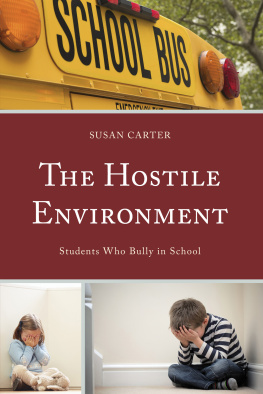
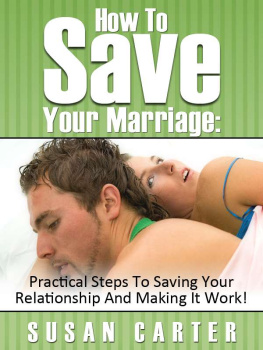

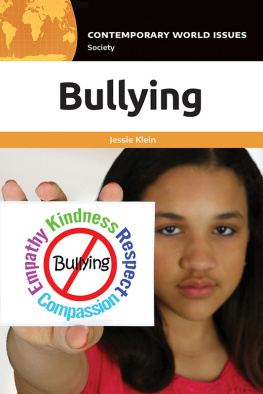
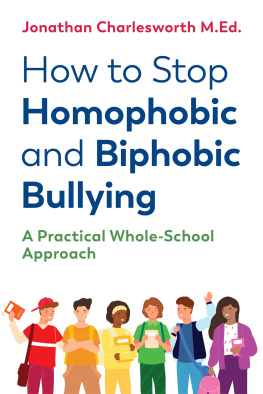
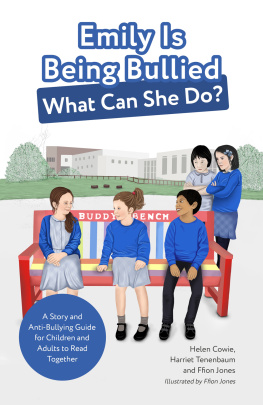
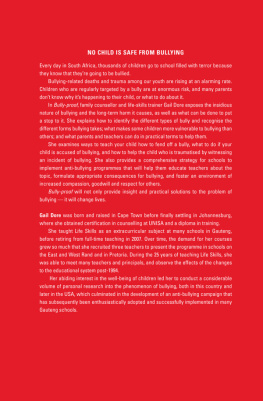
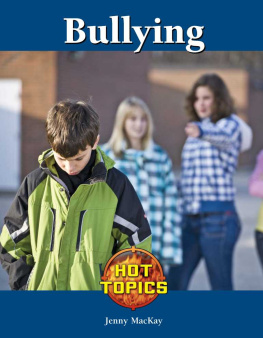
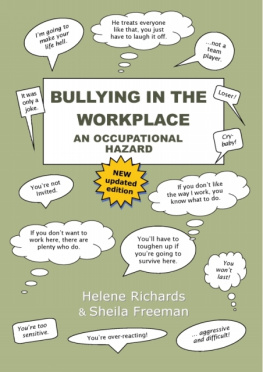
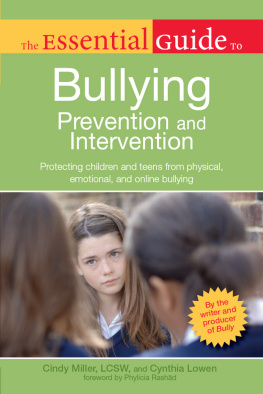

 The paper used in this publication meets the minimum requirements of American National Standard for Information SciencesPermanence of Paper for Printed Library Materials, ANSI/NISO Z39.48-1992.
The paper used in this publication meets the minimum requirements of American National Standard for Information SciencesPermanence of Paper for Printed Library Materials, ANSI/NISO Z39.48-1992.